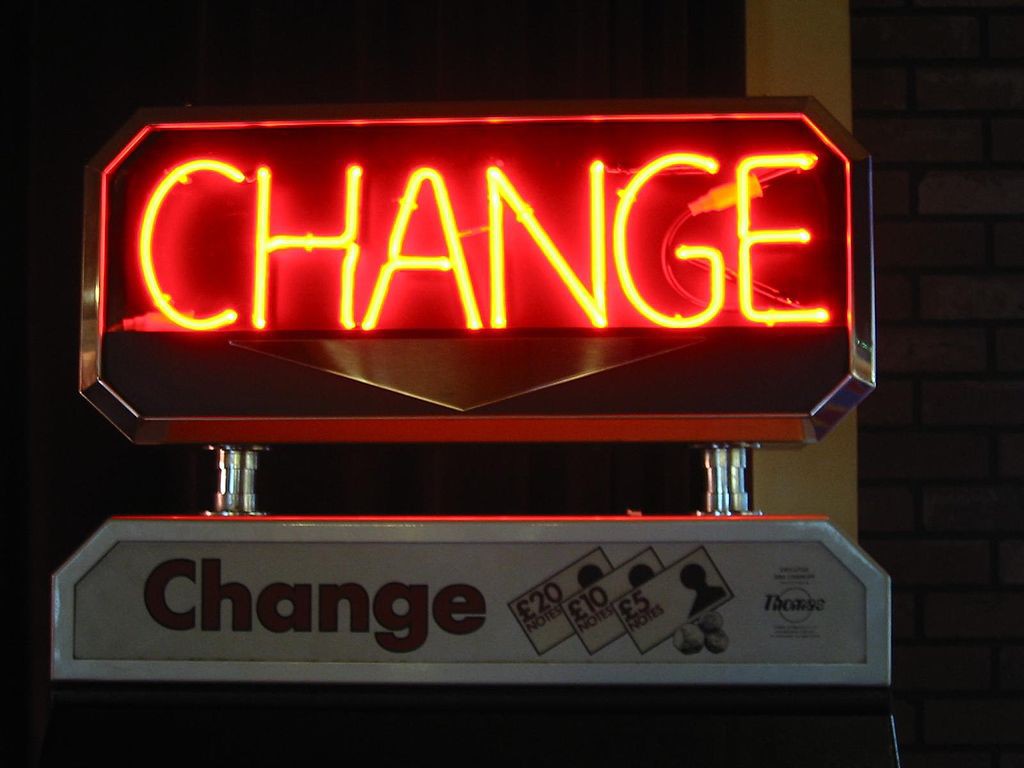Once the need for change is on the table and a strategic or innovation process has been deployed to determine the new direction, what happens? Everyone worries, “Where will I fit in?” “Will I have the skills, experience, and perspective to be successful?” “Will I want to do this new work?” “Am I convinced the new approach will help the bottom line?” “Will these changes bring about the new future we desire?” And so on….
There are four specific areas you can focus on to help your organization and the people in it prepare for, engage in, and succeed at organizational change. They are: process, talent, measures, and communication. We’ll tackle process and talent in this post. In my next post we’ll touch on measures and communication.
Process
First, employ a robust strategic planning process that engages people in your organization. Conduct a SWOT (Strengths, Weaknesses, Opportunities and Threats) analysis as part of the process and engage stakeholders like customers and partners. One of the best ways to convince people change is required, is to engage your stakeholders, identify threats and weaknesses, and honestly appraise how your competition is beating you. Your stakeholders will tell you how it really is.
Once you have created the “burning platform” it’s important to give people a place to jump or land…figuratively and literally. Here is where a compelling vision comes in. What is that new aspirational, compelling, yet possible future that can be envisioned for your operation? This is where it gets fun! Engage your team and stakeholders in creating this new future. Think about social, political, technological, and economic forces influencing our world today. It won’t take you long to find your beginners mind.
Talent
As the process moves forward you will find people go through three phases: 1.They get it. 2. They agree with it. 3. They succeed. It would be great if we could help everyone move through those phases in a reasonable amount of time. The reality is that doesn’t happen. So what can you do to help individuals along their path of understanding, acceptance, and internalization?
Invest in training and education. Recognize you are asking people to do work that may be materially different from what they do now. Support them with internal and external opportunities for growth and specific education or experiences that prepare them for the new work.
The next step is to figure out how you are going to reward the new behavior, thinking, and results you want with your new shared vision. If your change process is stuck, do an honest appraisal of what behaviors and results are being reinforced and rewarded both tangibly and intangibly.
Introduce diversity to your team. I define diversity broadly to include experience, skills, background, education, age, gender, race, affiliation, sexual orientation, religion, geography, etc. Diversity brings new talent, new thinking, new ways of doing. Diversity brings the market you operate in, into your organization.
Bringing in new staff can be a great catalyst for change. This can be difficult because we don’t typically have the resources to add new positions exclusively for this purpose. This tactic may go along with helping move folks along that can’t embrace where you are going, even after you have given them a full opportunity and the support to do so. In the end you, and they, will be happier.
Don’t forget next time we’ll cover measures and communication.




No comments yet.